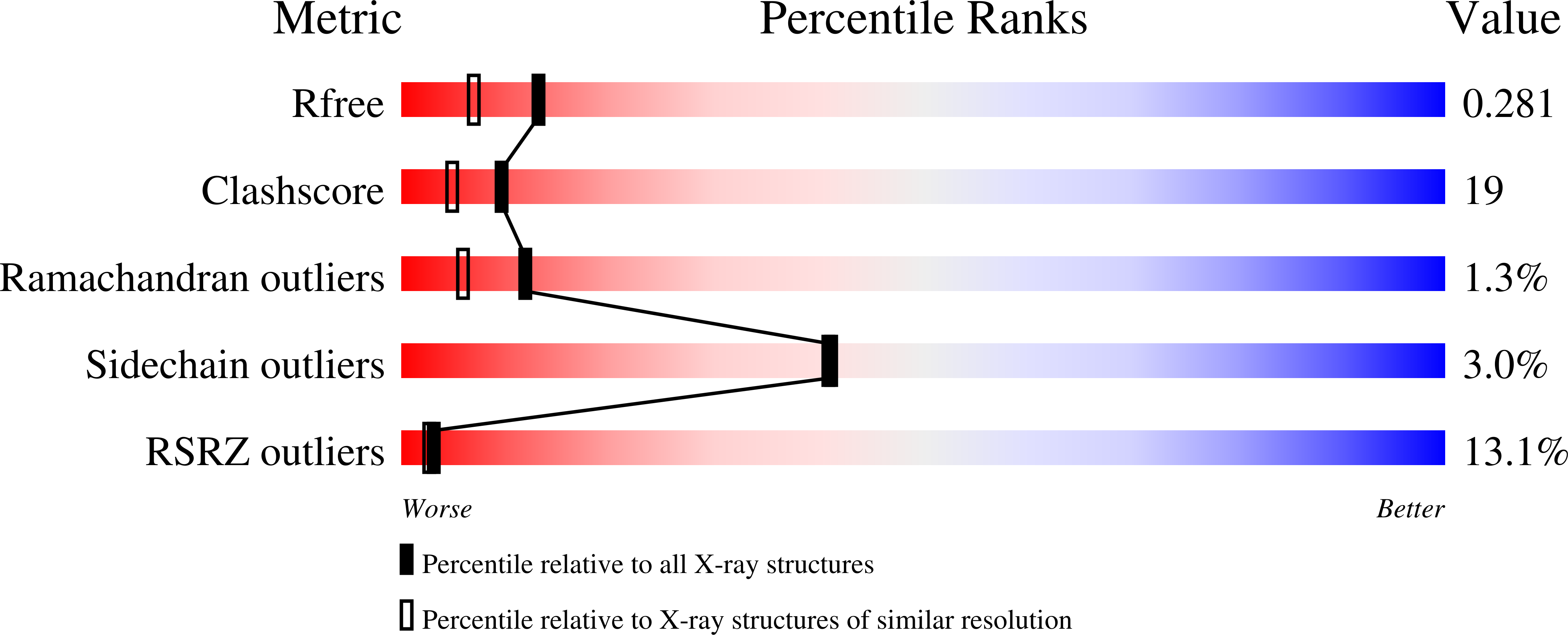
Deposition Date
2003-10-16
Release Date
2004-01-06
Last Version Date
2024-10-30
Entry Detail
PDB ID:
1R6U
Keywords:
Title:
Crystal structure of an active fragment of human tryptophanyl-tRNA synthetase with cytokine activity
Biological Source:
Source Organism:
Homo sapiens (Taxon ID: 9606)
Host Organism:
Method Details:
Experimental Method:
Resolution:
2.00 Å
R-Value Free:
0.29
R-Value Work:
0.25
R-Value Observed:
0.25
Space Group:
C 1 2 1


